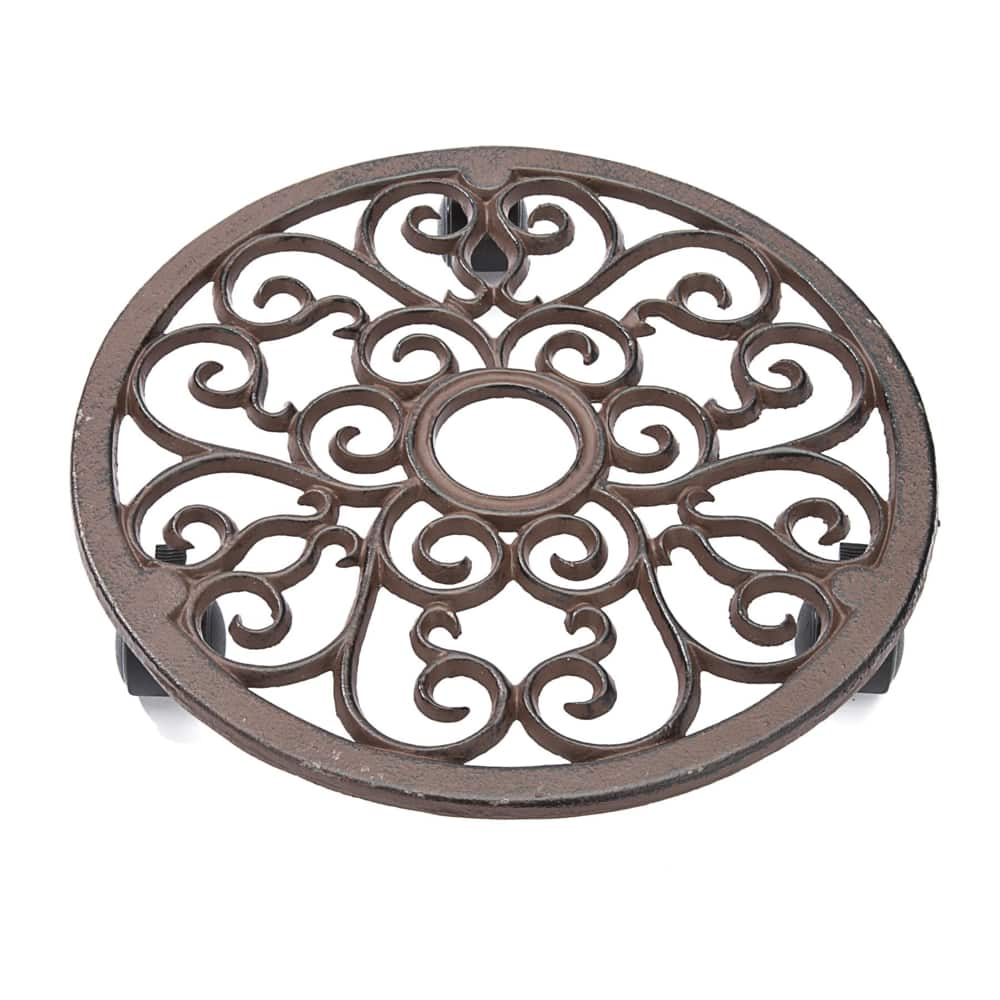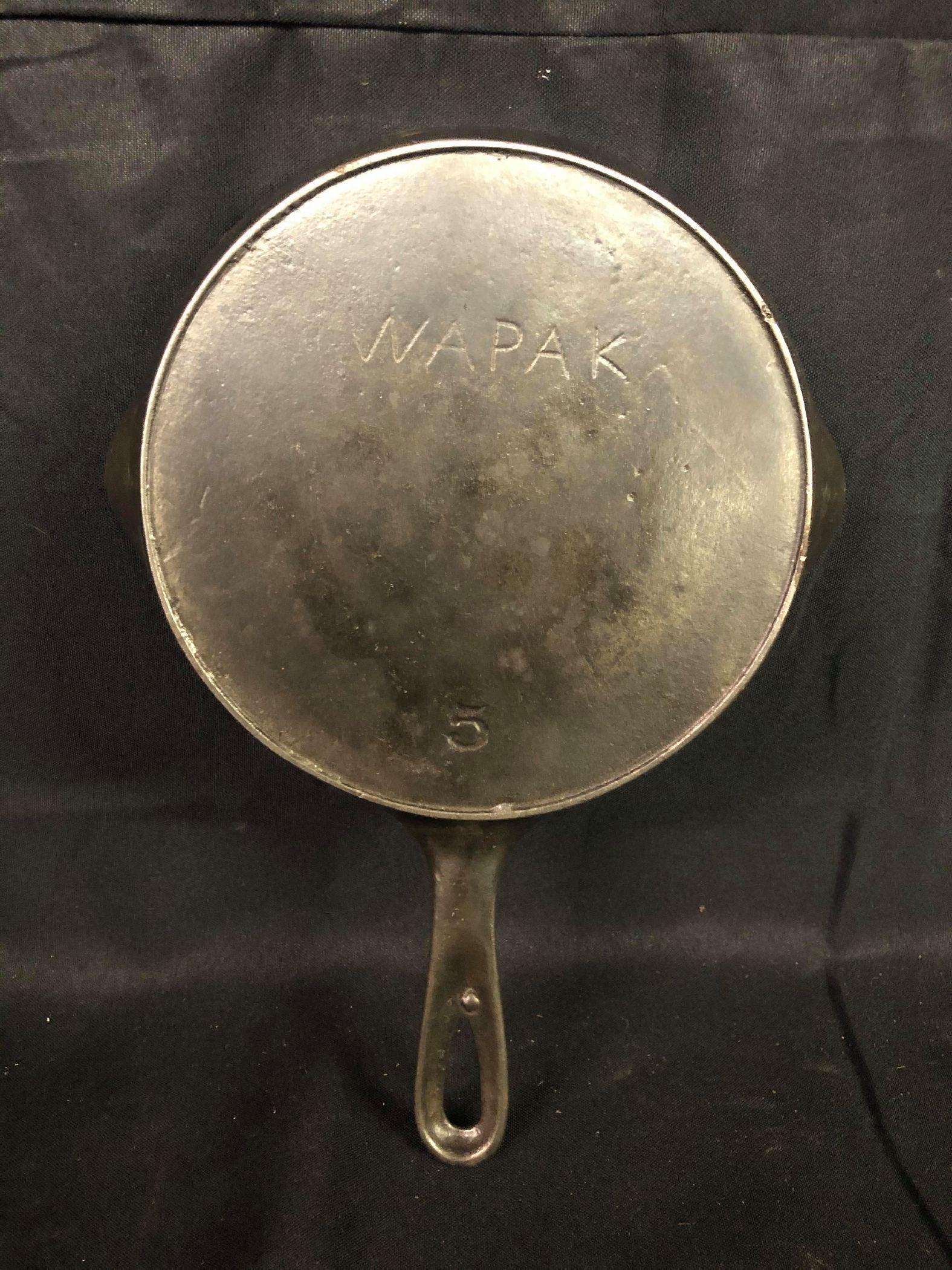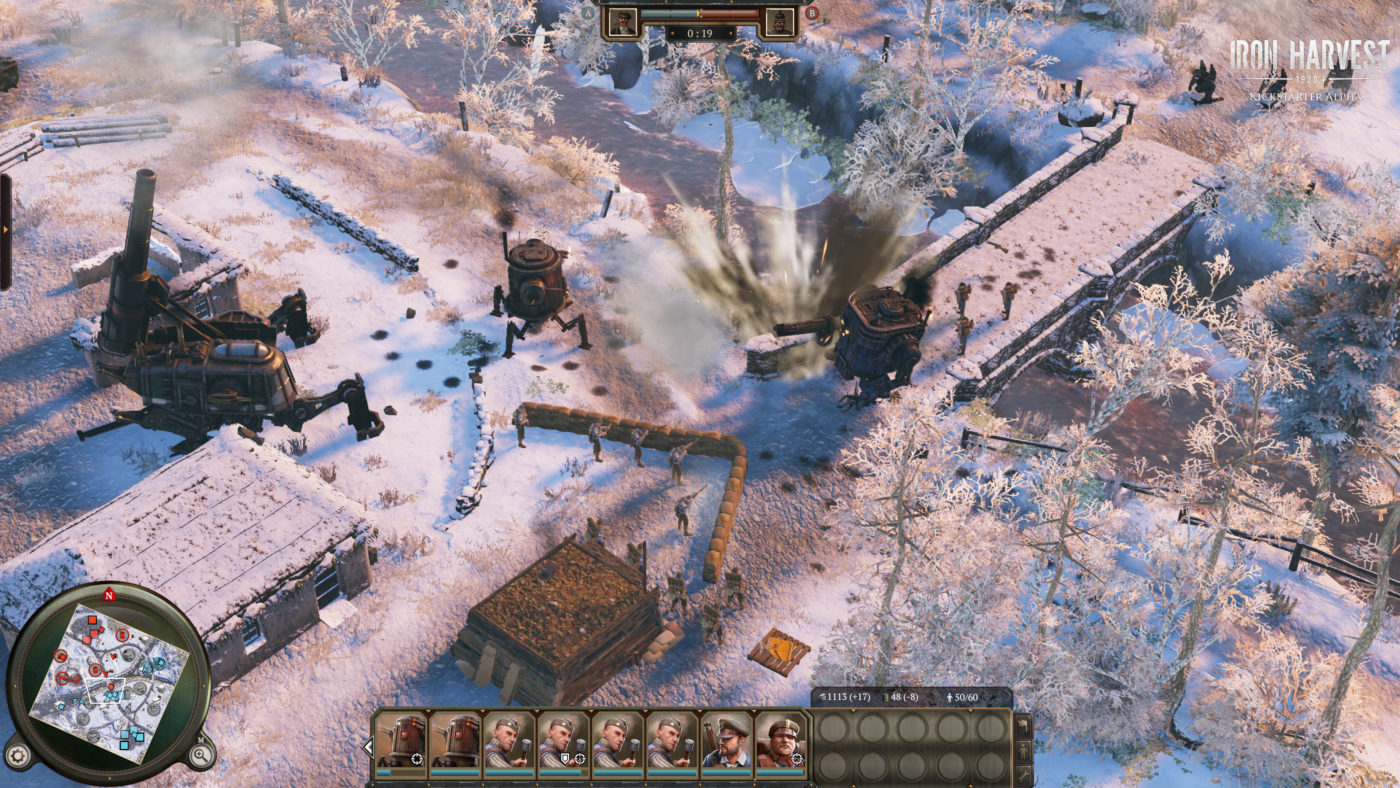

To complement this flow, Iron Harvest uses a curious and creative upgrade technique – rather than committing to and building specific units from the start, your parties can “customise” by killing enemy battalions and looting their weaponry. Both feel comprehensively realised, which made the pain of some objectives easier to bear. While some maps have you committing to building a mech army, others just want you to find some friends along the way and shoot some stuff.
Iron harvest reviews code#
See, “tactical decisions” may as well be code for “destroy the bejeebus out of that house over there with the foot of your giant mech”, and the game makes sure that these opportunities are savoured and appreciated.

The intuition of the units needs some work, and some of the precision requirements are difficult to manage unless you really invest your time in unit-by-unit management – the placement of your mouse is the difference between one of your battalion being behind or in front of your barricade or placing your units behind mechs for better damage, and it was occasionally frustrating. It gravitates to using the cover available to your units, and while this is sometimes a little fiddly, it feels more authentic and accurate and continues your focus on the effective use of the environment. This made the gameplay more focused on the positioning of units for attack, defence and maintenance of resource points. Resources are not accrued from mining and farming – rather they are the product of tactical decisions of capturing structures and salvaging assets. Iron Harvest caters for the slower strategist by empowering the units instead of the base. I have always been impressed by the competitive scene of these Blizzard classics, but they required a player who strategized quickly and that was something I always struggled with. With a background in Blizzard RTS games (the Warcrafts and Starcrafts were my teenage years), I was happy to play a game that focused less on base-building and more on using the environment’s natural defences to secure victory.

The campaign allowed me to play through each of the factions seamlessly to understand their units and their motivations – to avoid spoilers I can say, while the campaign was a bit slow, it was crafted together with care, and each element (voice acting, score, narrative flow) was well-researched and considered. It reminded me so much of Warcraft 3, where we experienced the narrative through central characters that levelled and contributed in their own way. I taught Anna to shoot instead of focusing on my own need to learn the controls, but I also felt some of the uncertainty about teaching a young child about hunting and its ramifications further into the storyline. Starting the story as young Anna bickering with other Polanian children did make me shift in my seat a little as she fluctuated between patriotism and anxiety for her older brother, but it was a great juxtaposition for the tutorial. Unlike other RTS games, it is refreshing to see a game that counterpoints its strategy emphasis with a narrative that immediately questions the benefits of war. This is the gimmick that KING Art and Deep Silver bank on, and it pays off as we invest in the human impacts of these mechanical behemoths through the campaign. In this alternate timeline, three nations war for control of Central and Eastern Europe – Polania, Rusviet, and Saxony – and they invest in industrial-strength mechs to do so. Thankfully Iron Harvest takes a lot of positive elements from old favourites and condenses them into a nice little package.īoardgame fans will recognise the game as being set in the same universe as Scythe, a strategy board game set in an alternate history 1920s Europe, recovering from the effects of the “Great War”.

With the focus on the next-generation console wars, it is a curious and fortuitous time to be releasing a real-time strategy game.
Iron harvest reviews Pc#
Iron Harvest 1920+ – Playing All The Hits PC


 0 kommentar(er)
0 kommentar(er)
